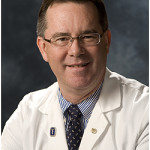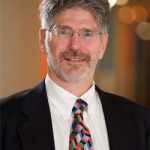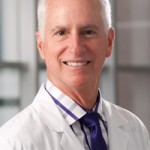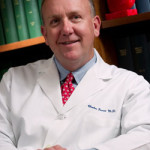As we move about the day, working alongside our colleagues, we might be surprised at the journeys some of them have traveled.
Take Kathy Green and her husband, Kurt. Both are Texas Children’s employees. In fact, Kathy has been at Texas Children’s about as long as I have. She met her husband here, and they have two children, ages 6 and 8. Kathy and Kurt are not only employees, they are also one of our patient families. Their children have used the services in about 60 percent of the departments at Texas Children’s.
Most of the family’s visits are for the Greens’ son who has major medical complexities, including immunodeficiency. For six years, Kathy has been his advocate and care manager, and she’s endured the challenges of coordinating care for a child who requires multiple specialists.
Because she’s a nurse and she’s immersed in the Texas Children’s system, Kathy’s an experienced, informed advocate for her son. But she has said that she often wonders how others do it. How do families who can’t afford the critical care and treatments needed for children with major medical complexities get the support they need? How do they even begin to understand the medical issues or navigate the complex, patchwork health care system for their children? Who’s looking out for them to make sure they receive the right care when and where they need it?
We are, Kathy. Yesterday, the Health and Human Services Commission of Texas announced a new contract with Texas Children’s Health Plan that will help close the gap for children who have major medical complexities.
This is a milestone several years in the making. Five years ago, I received a letter from Texas State Representative John Zerwas with a call to action. In response to the Affordable Care Act, Rep Zerwas asked for Texas Children’s help in developing an innovative approach to the way we serve children. He is a physician as well as a legislative leader, so he knows that the basic and most fundamental tenet of the Affordable Care Act is being able to provide access to the right care, at the right time and the right place — a fundamental tenet of Texas Children’s model of care.
Right away, I met with Texas Children’s Health Plan President Chris Born to discuss how we could create a better model for care, decreasing costs for the state while increasing efficiency for our patient families. Since then, Chris has worked diligently to re-configure the way we support families of medically complex children.
Currently, the system lacks proper coordination of care for children with medical complexities. Often, their physicians don’t communicate, which leads to a gap in what happens to these children once they leave the hospital or clinic setting. And their parents are left in charge of navigating the extraordinarily complicated health care system.
For the past few years, Chris worked intensely with the state to advocate for and develop a different approach to care for this population, which means moving these kids out of a fee-for-service model into a managed care model, where case managers can help take the burden off parents. Ultimately, the state supported the idea of a more comprehensive, coordinated approach to care for medically complex children and created the STAR Kids Program. And yesterday, almost five years to the day after that call-to-action letter from Rep Zerwas, Texas Children’s Health Plan was awarded STAR Kids designation to provide Medicaid Managed Care for children with medical complexities.
Through Texas Children’s Health Plan and a handful of other designated plans throughout the state, the STAR Kids Program will provide health coverage to children and teens with special health care needs, including benefits such as prescription drugs, hospital care, primary and specialty care, preventive care, personal care services, private duty nursing, and durable medical equipment and supplies.
The STAR Kids contract will allow the Health Plan to increase its reach to about 40,000 new children and teens in 54 counties. These children see multiple specialists and therapists, and many receive home care services. They typically see at least one physician every week. We will hire nearly 400 new case managers to help these patients coordinate care between their multiple providers and assist them in navigating the complicated facets of health care. Coordination and management of care helps prevent children with significant intellectual development disabilities or complex medical problems from falling through the gaps and provides a structure where their progress can be followed throughout the system.
This new care model is a huge step in supporting the unique needs of these patients and their families, and improving their access to health care services, while also reducing preventable events or unnecessary visits to the hospital or care provider.
This milestone and Texas Children’s involvement is the result of Chris’ passion and hard work over the years. He has spent countless hours pursuing better options for these children and encouraging the state to adopt a more robust, coordinated model of care. Now, it is a reality with Texas Children’s Health Plan leading the way.
We’ve responded boldly to Kathy’s question of “who?” From Day One, Texas Children’s has always answered the call, and because of the passion and vision of so many here, we will continue to do so for decades to come. It’s our mission.








